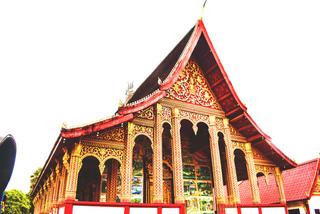Luang Prabang Timeless: 25 Beautiful Travel Photos

About this blog: 25 beautiful pictures from Luang Prabang and surrounding area that I loved. My attempt at photo journaling Luang Prabang travel memories! Click here for more Travel blogs on Laos! When the water rises, the fish eat the ants; when the water falls, the ants eat the fish. (A Laotian proverb) Also read, a […]
Indian Weaves as Heritage: How Far You will Travel for the Textiles?
History of Indian textile dates back to millennia. At per with country’s rich cultural diversity, Indian textiles and fabric too, changes it shape, form, identity every 500 KM. What remains constant is the idea of story telling. When you are wearing a saree, you are also wearing (and henceforth promoting) a story, steeped deep in […]